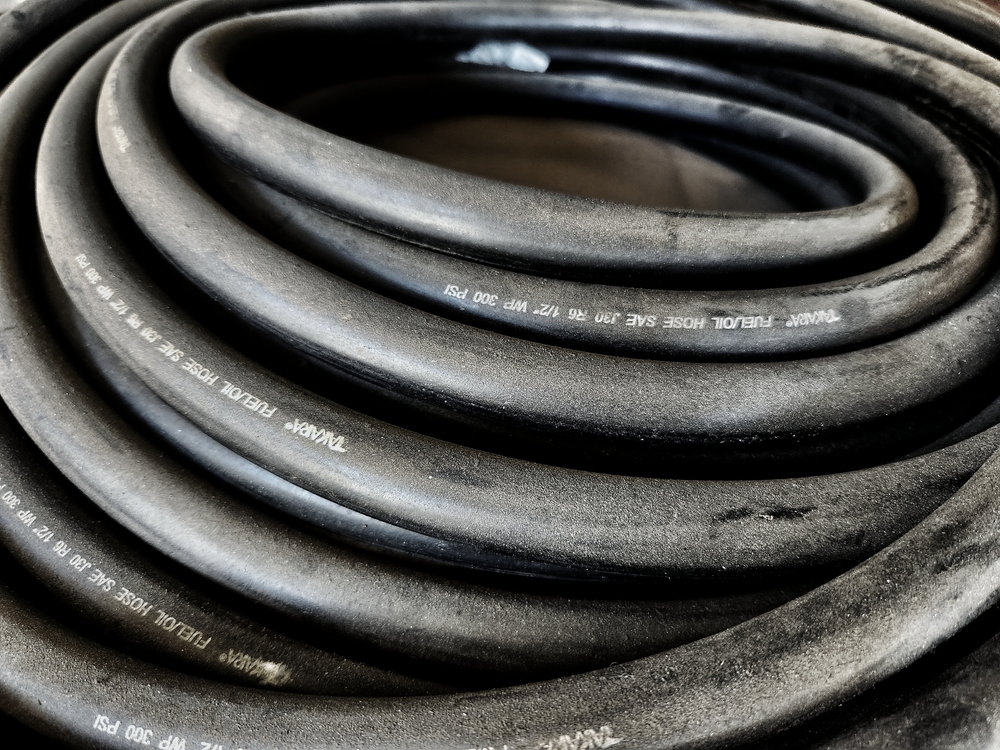
Proper Storage Tips for Extending Hydraulic Hose Life
Hydraulic hoses are the lifeline of many hydraulic systems, transferring fluid under high pressure to power essential machinery and equipment. Yet despite their vital role, these hoses are often neglected when it comes to proper storage. Poor storage practices can dramatically shorten their service life, leading to costly replacements, unexpected downtime, and even safety hazards. By adopting simple yet effective storage measures, you can preserve the integrity of hydraulic hoses and maximize their lifespan. This blog will explore proven practices to ensure your hydraulic hose storage supports long-term durability and reliable performance.
The Risks of Improper Hydraulic Hose Storage
When hydraulic hoses are stored improperly, they face multiple threats that accelerate deterioration. Environmental factors like UV rays, ozone, heat, moisture, and chemicals can all degrade the rubber compounds and reinforcements in hoses. Likewise, mechanical damage can occur from sharp bends, kinks, compression, or abrasions, especially if hoses are stacked haphazardly or stored under heavy loads. Over time, such conditions compromise hose flexibility, reduce pressure ratings, and ultimately cause premature failure. Recognizing these storage-related hazards is the first step to developing a strategy to extend hydraulic hose life.
Hydraulic hoses also suffer from issues like “memory” deformation, where the hose retains the shape of a tight coil or bend, leading to difficulties during installation and potential weak points under pressure. When hoses are stored in unventilated areas with high humidity, they may develop mold or experience corrosion at metallic fittings. Altogether, these factors highlight why hydraulic hose storage deserves just as much attention as proper installation or operation. Investing time and resources into safe storage practices will pay off through improved reliability and reduced maintenance costs over the hose’s service life.
Ideal Storage Conditions to Extend Hydraulic Hose Life
The best way to extend hydraulic hose life is to store hoses in a clean, dry, and temperature-controlled environment. Avoid direct exposure to sunlight, since ultraviolet rays are notorious for breaking down rubber compounds and weakening hose covers. Indoor storage with moderate temperatures is strongly recommended to prevent the hoses from becoming brittle in cold weather or excessively soft in high heat, which can compromise the integrity of their construction. If hoses must be stored outdoors temporarily, they should be covered with UV-resistant tarps and elevated off the ground to avoid water pooling and contamination.
Humidity levels should also be monitored, as moisture can damage both hoses and metal fittings. Ideally, the storage area should have good air circulation to prevent condensation. When storing hydraulic hoses, it is important to avoid proximity to chemicals or ozone sources, such as electric motors or welding equipment, which can accelerate the aging of rubber. Keep the storage environment as stable and neutral as possible, since fluctuations in temperature or humidity can also trigger premature hose degradation.
Another key aspect of hydraulic hose storage is maintaining a proper storage position. Hoses should be stored horizontally on racks or shelves designed to support their diameter and weight, without putting stress on any specific part of the hose. Coiling hoses too tightly can cause permanent deformation, so store them with large, even loops to preserve their flexibility. Keeping hoses on suitable racks, away from sharp edges and heavy objects, helps protect their covers from abrasions and mechanical damage.
Best Handling and Preparation Practices for Stored Hydraulic Hoses
Beyond simply placing hoses on a rack, proper handling is critical to prolonging their lifespan. Before placing hoses into storage, they should be thoroughly cleaned and drained of any hydraulic fluids to prevent internal corrosion or contamination. Plugging the ends of the hose with caps or protective covers will stop debris, insects, or moisture from entering the hose while it is in storage. This small step makes a significant difference when it comes time to reinstall the hoses, since contamination is one of the leading causes of hydraulic system failure.
It’s also wise to label stored hoses with key information, such as date of storage, hose specifications, and previous service conditions. That way, when you retrieve the hose for use, you’ll know its age and whether it is still within the recommended shelf life specified by the manufacturer. Rotating inventory is another essential practice: use the oldest hoses first to prevent long-term storage from causing them to deteriorate past their serviceable period. In environments with frequent hose use, maintaining a first-in, first-out system is highly effective for extending the life of the entire hydraulic hose inventory.
Whenever hoses are moved for maintenance or inspection, they should be handled carefully to avoid dragging them on rough surfaces, which can damage their protective outer layers. Supporting hoses evenly during lifting or transport will help keep their internal reinforcements from becoming misshapen. By treating hydraulic hoses with the same respect you give precision-engineered machinery, you’ll ensure they remain ready for safe and reliable operation when needed.
Inspection and Monitoring During Storage
Proper hydraulic hose storage is not a “set and forget” operation. Even in well-managed storage environments, hoses should be periodically inspected to check for signs of aging or damage. Look for cracking, discoloration, brittleness, or any indication of flattening at bends or coils. Early detection of these issues gives you a chance to replace the hose before it becomes a weak link in your hydraulic system. Regular inspections also allow you to monitor for pest damage, mold, or other environmental threats that might have developed in the storage area.
It’s also worth checking the integrity of the storage racks themselves. Rusty or damaged racks can become a hazard, risking contamination or mechanical damage to your hoses. A schedule of routine inspections, perhaps once a quarter or even more frequently in challenging environments, can make a huge difference in preserving hose quality. By combining inspection with documentation, you build a record that supports safer maintenance practices and can help satisfy safety audits or equipment certifications.
Modern facilities might also invest in climate monitoring systems that track temperature and humidity continuously in the storage area. This proactive approach helps spot adverse conditions early before they impact the hydraulic hose storage. As hoses represent a considerable investment, these preventative steps are extremely cost-effective in the long run.
The Long-Term Payoff of Good Storage Habits
Extending hydraulic hose life is not just about choosing a high-quality product, but also about maintaining proper conditions before the hose even enters service. Every detail of hydraulic hose storage matters, from protecting hoses against UV rays and humidity to handling them carefully and monitoring their condition over time. These measures translate into fewer unexpected failures, reduced costs, and a safer working environment, which is essential in industrial, construction, and agricultural applications.
Many operations overlook hydraulic hose storage because it seems secondary to system maintenance or installation. However, neglect in this area can cost companies thousands in premature hose failures, downtime, and even safety incidents caused by burst hoses under pressure. Investing in quality storage racks, maintaining a stable indoor environment, and training personnel on correct handling and inspection protocols is far less expensive than replacing damaged hoses or dealing with the aftermath of a hydraulic failure.
Ultimately, proper hydraulic hose storage is a best practice that pays off in reliability, safety, and financial efficiency. Whether you are responsible for a large hydraulic equipment fleet or a small workshop, following these storage guidelines will help extend hydraulic hose life and protect your investment. With just a modest commitment to storing hoses correctly, you can dramatically improve the resilience and performance of your hydraulic systems, ensuring they stay productive and safe for years to come.
Royal Brass Incorporated
Welcome Royal Brass Incorporated! We are your 3rd generation, family-owned, local hose supplier! Our family has dedicated our services to supplying northern California with all types of hoses, fittings, flanges, regulators, valves, adapters, and gauges. We pride ourselves on having the most extensive inventory in northern California. Our inventory ensures that we can fix most products on site, the same day. Here at Royal Brass Incorporated, we only hire qualified individuals who are trained in factory sales. Our fully stocked warehouses ensure that we can fill your hydraulic and pneumatic hose, tubing, and fitting needs on time, every time. High-quality customer service is our goal and has been since 1952. Stop by or contact us today!
Categorised in: Hydraulic Hose





